. The world is so big, and the unseen scenery is far broader than we imagined! Russia, this mysterious and magnificent country, also has many amazing natural landscapes and cultural heritage.
The Russian Federation (Russian: Российская Федерация), referred to as Russia, and its capital is Moscow. Most of the Russian people believe in Eastern Orthodoxy, and the official language is Russian. Russia is known as the “huge” country because it is the country with the largest land area in the world, spanning two continents, Asia and Europe, with a land area of approximately 17.09 million square kilometers.
The flag of this country is a horizontal rectangle composed of three rectangular shapes of white, red, and blue. The connection of these three colors of rectangles represents the geographical location characteristics of Russia, among which white represents the cold zone of the climate zone, symbolizing unlimited freedom; blue represents the subarctic zone, symbolizing Russia’s rich natural resources; and red represents the temperate zone, symbolizing Russia’s contribution to the entire human civilization.
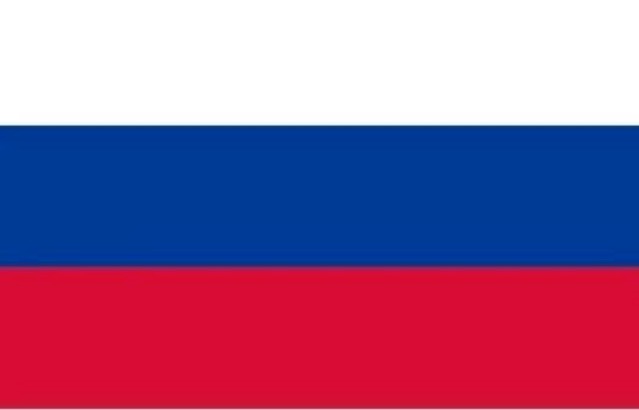
In Russia, from May to October every year is its best travel season, because the climate in Russia at this time is pleasant and cool and comfortable. Among them, May and June are relatively ideal vacation seasons; June and July are the best seasons to go to some cities in the European part of Russia; July and August are the best seasons to appreciate the alpine vegetation in Siberia; September and October are the best seasons to appreciate the red leaves in the Caucasus region.
In this mysterious country spanning the Eurasian continent and having a long history and rich cultural heritage, whether it is Moscow or St. Petersburg, it exudes a strong artistic atmosphere, and the natural scenery of Lake Baikal is even more fascinating.
01 Moscow
Moscow (Russian: Москва; English: Moscow) is the capital of Russia and also the capital of the Moscow region. It is the political, economic, cultural, financial, transportation center, and the largest comprehensive city in Russia, and is an international metropolis. When you come to Moscow, you have to mention Red Square.
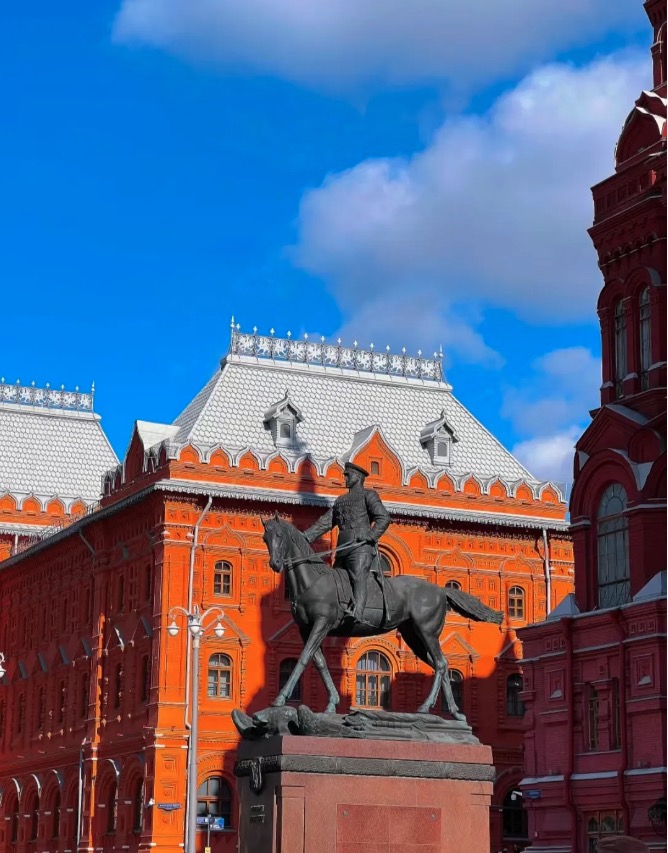
Red Square is the witness of Russian history and the heart of Moscow. This was once the place where the tsar held the coronation ceremony and the parade, and now it has also become a must-go place for tourists to appreciate Russian culture and history. Around Red Square, there are also important buildings such as the National Museum, the Kremlin, and the St. Basil’s Cathedral, which all have their own stories.
02 St. Petersburg.
St. Petersburg (Russian: Санкт-Петербург; English: Saint Petersburg), located in the northwest of Russia, is a central municipality directly under the Russian Federation and also the capital of Leningrad Oblast. It is the central city in the northwest region of Russia, the most important land and water transportation hub in the whole of Russia, and one of the cities with a population exceeding one million in the world that is located the furthest north, so it is also known as the “northern capital” of Russia. St. Petersburg is a famous historical city with numerous cultural heritages. The most famous of them is the Winter Palace Museum, which is one of the four major museums in the world and collects a large number of artworks and historical relics. In addition, Nevsky Prospekt, Peter and Paul Fortress, Naval Museum, Savior Church, etc. are also must-visit attractions for tourists.
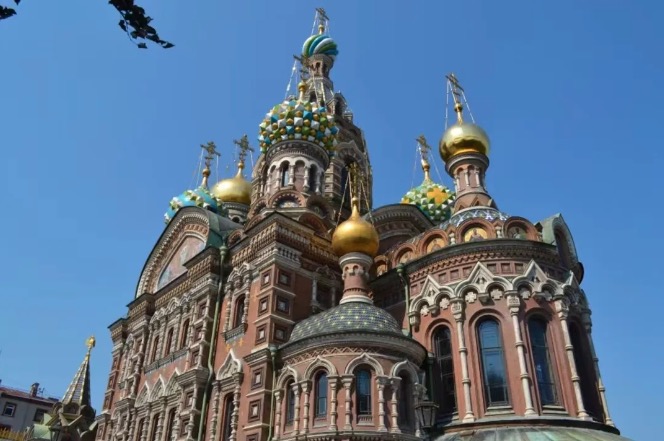
03 Lake Baikal
Lake Baikal in the southern part of the forest and snowfield of Siberia is known as the blue eye of Siberia. It is the deepest lake in the world and also the largest fresh water lake in the Eurasian continent. The total length of the lake is 636 kilometers, the average width is 48 kilometers, and the area is 3.15 square kilometers. It was formed by the faulting of the stratum, and the elevation of the lake surface is 455 meters, and the average water depth is 730 meters.
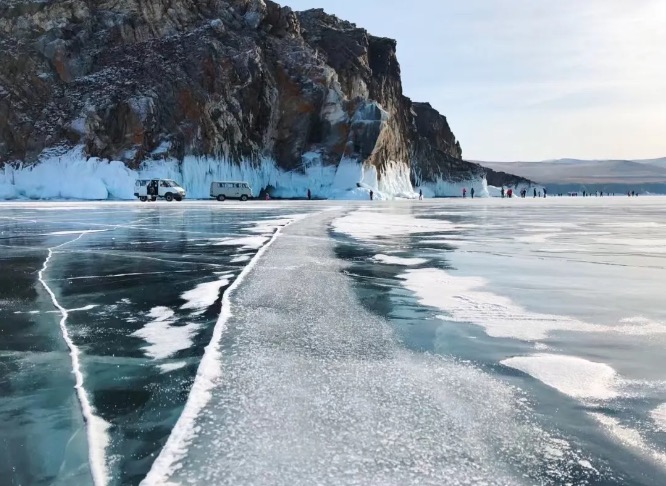
In Lake Baikal, you can see the world wonder: the ice crack. At the small harbor on the south end of Olkhon Island, which is the largest island in Lake Baikal, it is an excellent place to photograph the ice crack. And the largest town on Olkhon Island, Khuzhir Village, which faces the famous Shaman Rock directly, is surrounded by grasslands and forests, and the ancient Russian wooden houses, as well as the white birch and pine trees covered with snow and ice, this beautiful scene is really amazing! In addition, in Lake Baikal, you can also see fairy-like ice caves, magical bubble ice, and very shocking blue ice.
04 Kazan
Kazan is the capital of the Tatar Autonomous Republic of Russia. It is located at the intersection of Europe and Asia and has a unique geographical location. It is one of the oldest settlements within Russia and an economic, transportation, and cultural center in the middle reaches of the Volga River. Kazan is listed together with Moscow and St. Petersburg as the three A-level historical and cultural cities in Russia and is an important tourist city in Russia.
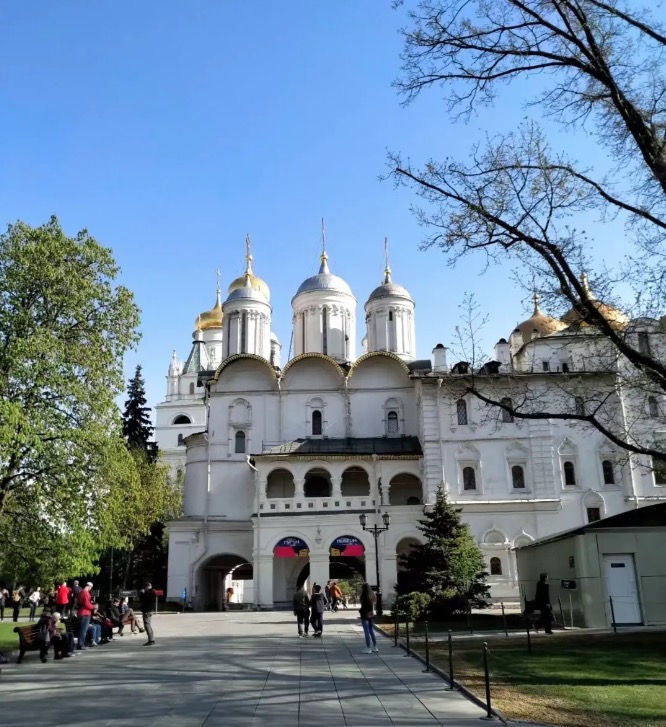
Among them, the Kazan Kremlin is the historical and cultural center of Kazan. Its white walls and magnificent buildings attract countless tourists. In addition, the oldest church in the city, the Annunciation Cathedral, the famous Suyumbike Tower, and the Kushlarif Mosque are all worth seeing landmark buildings.

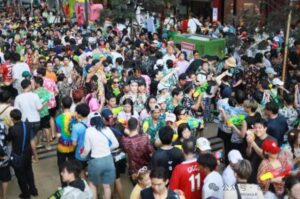
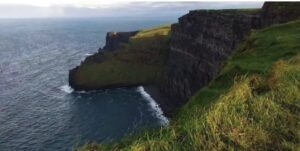
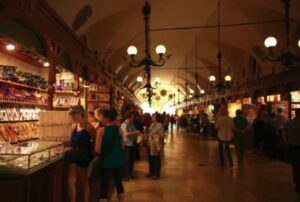
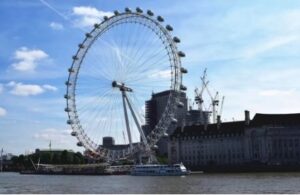
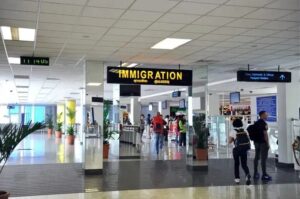
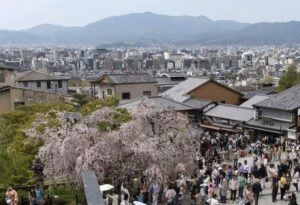
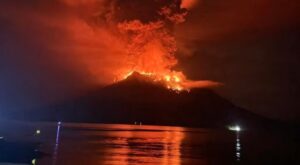
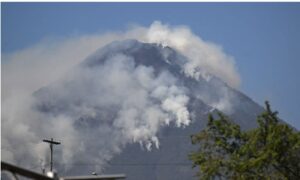
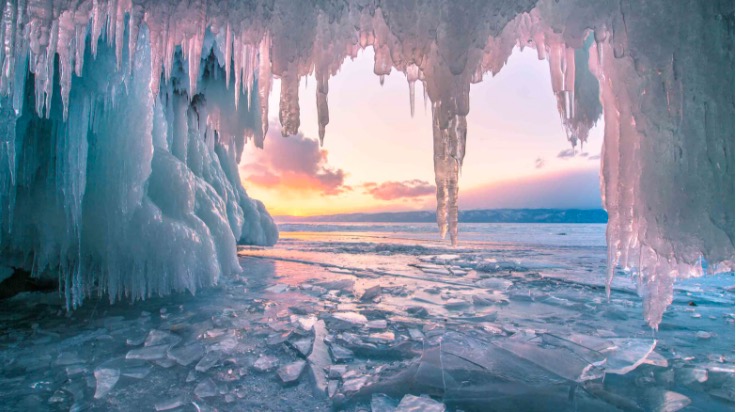
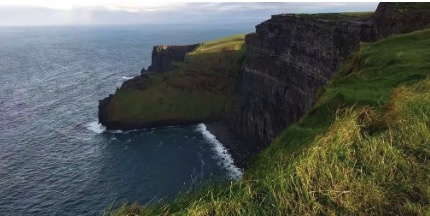
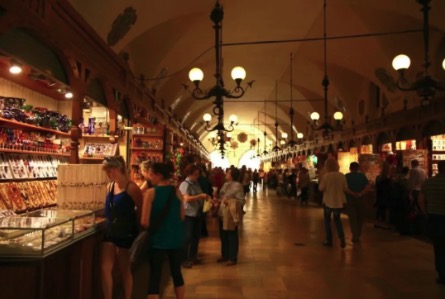
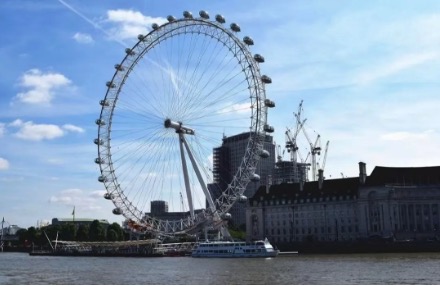
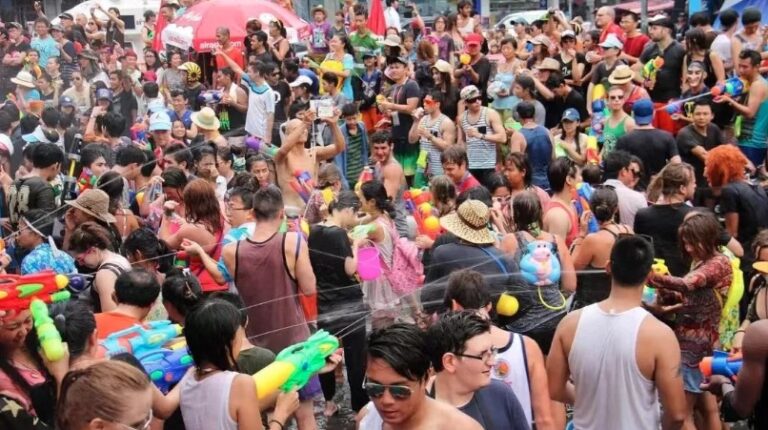
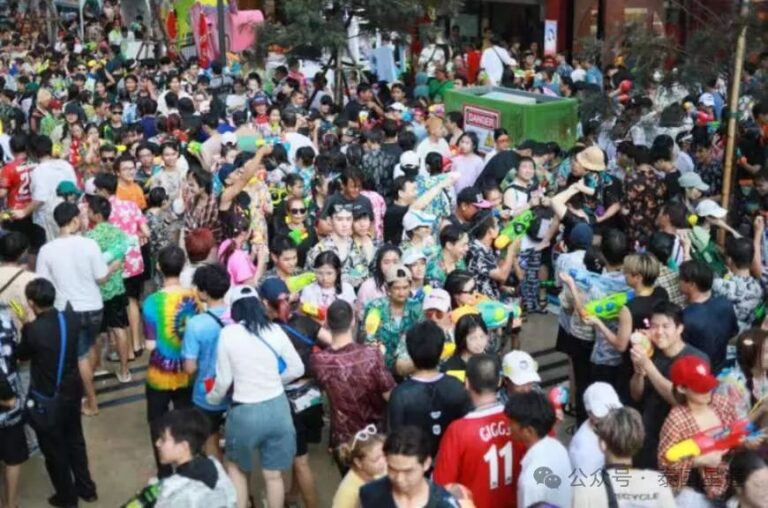
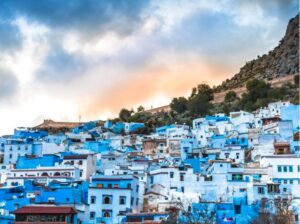
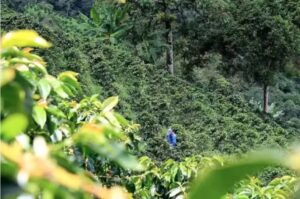

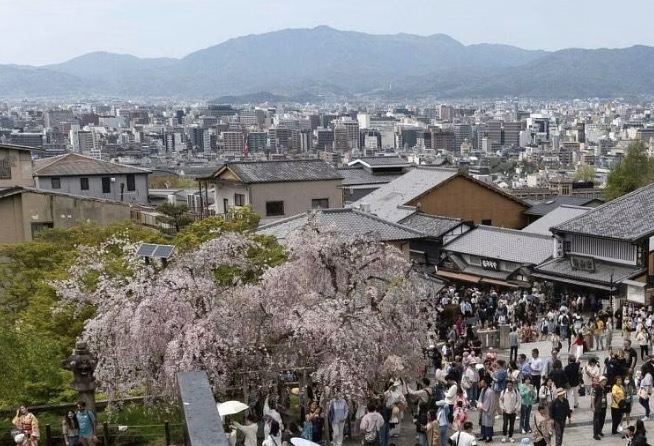
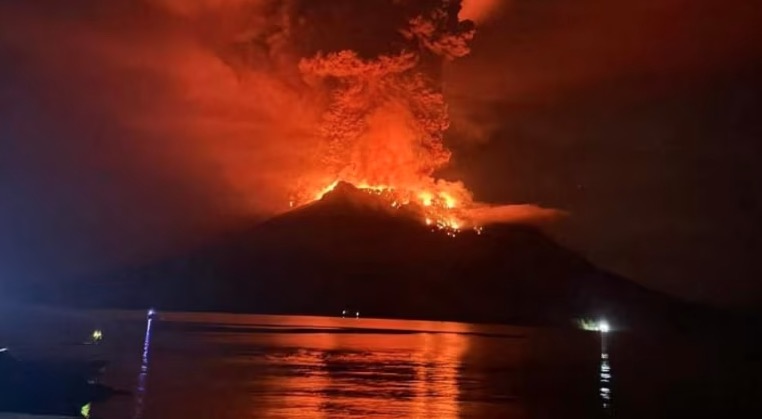
+ There are no comments
Add yours